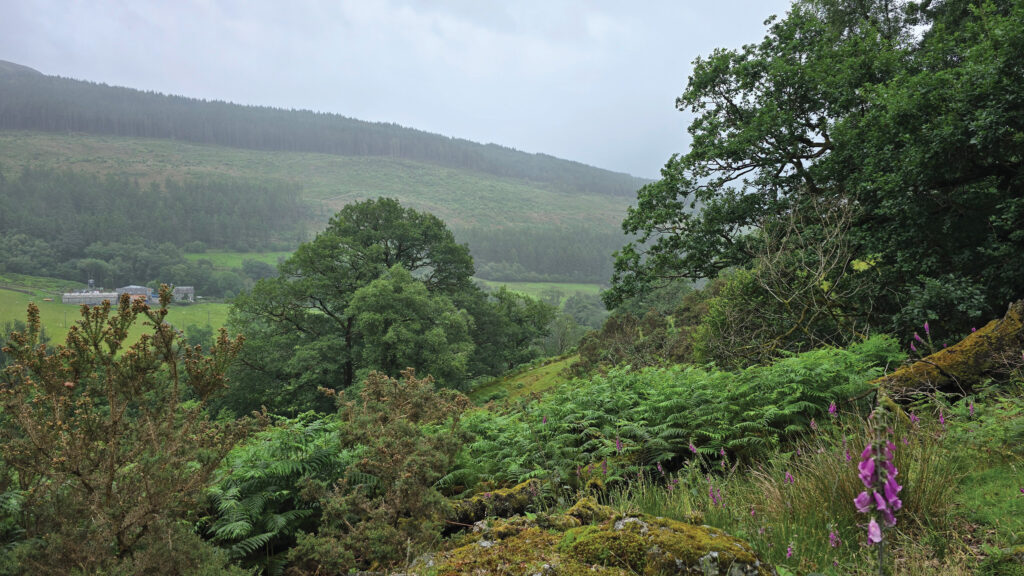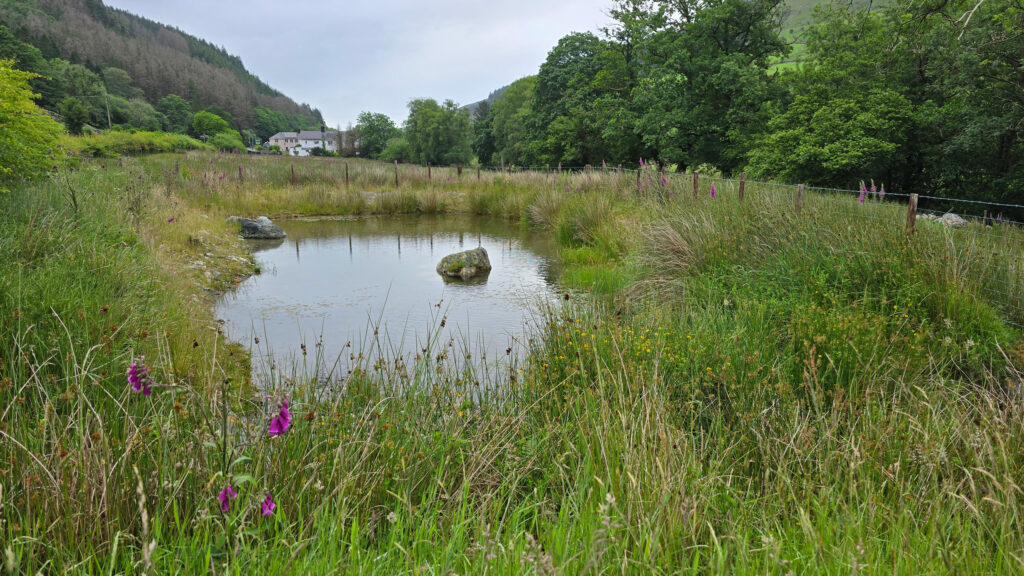How the Ffermio Bro agri-environment scheme is bedding in
 © MAG/Anne Dunn
© MAG/Anne Dunn The Welsh government’s agri-environmental scheme for its designated landscapes and national parks – called Ffermio Bro – has started in earnest since its launch in April.
Aiming to encourage nature-friendly farming practices across Wales’ designated landscapes, it brings together both farmers and the local bodies responsible for the three national parks and five national landscapes (formerly known as areas of outstanding natural beauty).
Generally welcomed by the industry, the scheme marks the preparatory phase of the Sustainable Farming Scheme (SFS) – details of which are expected to be announced next week, ahead of the Royal Welsh Show.
See also: Getting the most from on-farm ponds for wildlife
Any habitat that is created under Ffermio Bro can be used for the SFS later down the line, explains Lawrence Harris, national programme lead for the project.
“Farmers can use Ffermio Bro to create habitat that will be able to count towards their 10% requirement – if that’s how it ends up being under SFS,” he says.
In north-west Wales, across the landscapes of Eryri, Llŷn and Anglesey, which are operating as one cluster, about 100 expressions of interest have been received, while Pembrokeshire has received around 30 expressions of interest.
“We’re very comfortable that the demand for Ffermio Bro will exceed our available funding for this year,” says Mr Harris.
Funding
The Welsh government has made £1.8m available for the scheme, which has been distributed based on land area.
Deadlines to apply for funding by individuals or groups of farmers are set by the designated landscapes authorities, which will then distribute the funding directly.
“We think that flexibility is the better way to deliver this scheme, and because we want it to be collaborative, applications will be developed between the farmers and the landscapes,” he adds.
Out of the total £1.8m funding pot, about £1.5m is going directly to farmers in the form of capital assistance, says Mr Harris.
“The remainder is being used to administer the scheme, including eight local advisers, and supporting the landscapes in running the scheme, as well as additional costs that will be associated with it.”
Mr Harris is, however, clear that the advisers are a much-needed component if the scheme is to be successful.
Traditional projects
The scheme will run until March 2028, but with the first set of works needing to be completed by 31 March 2026, more traditional projects, including replacing hedges or introducing fencing to manage grazing and improve habitats, are likely to be most common.
“The more complicated projects can require permissions and consents from either councils or Natural Resources Wales and that can take time,” says Mr Harris.
Some of the more interesting and innovative projects, he adds, will be the focus for next year.
Case study: Rhys Evans
Rhys Evans, who farms at Hywel Dda, Rhydymain, near Dolgellau in north Wales, has experienced first-hand how valuable collaborative agri-environmental schemes can be.
The third generation to farm here, he manages not just the land, but also 270 ewes across 162ha with his parents and brother, and also works off farm for the Nature Friendly Farming Network Cymru.

Rhys Evans © MAG/Anne Dunn
The majority of the land is rough hill ground and ffridd, most of which is designated as a site of special scientific interest. However, that hasn’t stopped him from getting stuck into conservation.
Together with 11 other farmers in the area, Rhys has worked with Eryri National Park on a natural flood defence project in the Wnion River catchment.
Across the farms, 7km of hedges and more than 48,000 trees were planted, and 11 ponds have been created, which when at capacity will store about 7m litres of water.
The pond at Hywel Dda was created on land that wasn’t productive and covered in rushes – making it an ideal site, he explains.

© MAG/Anne Dunn
“Now we have herons, fish in the pond, dragonflies and it has created a rare habitat.”
Under the new Ffermio Bro scheme, Rhys hopes to plant additional trees on bracken-covered slopes using cactus guards to eliminate fencing, and reinstate hay meadows in preparation for reintroducing cattle to the farm.
Restoring drystone walls has also been part of the conservation efforts at Hywel Dda, helping to stock-proof areas and create smaller fields, allowing for better livestock management.
With material costs rising, support through projects like Ffermio Bro, he says, is invaluable.
“It’s important that such schemes cover material and labour costs. It’s not just a win for biodiversity, climate, water quality and natural flood defences, but for the farm as well.”
